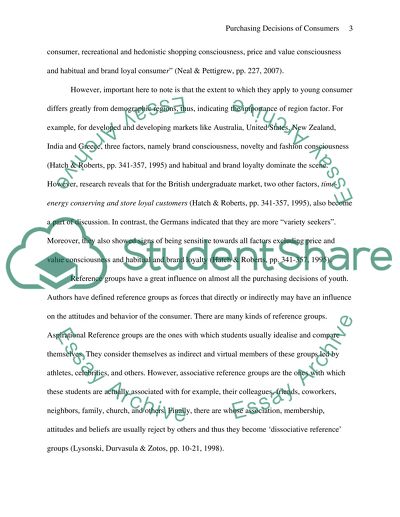Cite this document
(Purchasing Decisions of Consumers Essay Example | Topics and Well Written Essays - 1750 words, n.d.)
Purchasing Decisions of Consumers Essay Example | Topics and Well Written Essays - 1750 words. https://studentshare.org/marketing/1571338-marketing-principles-and-practice
Purchasing Decisions of Consumers Essay Example | Topics and Well Written Essays - 1750 words. https://studentshare.org/marketing/1571338-marketing-principles-and-practice
(Purchasing Decisions of Consumers Essay Example | Topics and Well Written Essays - 1750 Words)
Purchasing Decisions of Consumers Essay Example | Topics and Well Written Essays - 1750 Words. https://studentshare.org/marketing/1571338-marketing-principles-and-practice.
Purchasing Decisions of Consumers Essay Example | Topics and Well Written Essays - 1750 Words. https://studentshare.org/marketing/1571338-marketing-principles-and-practice.
“Purchasing Decisions of Consumers Essay Example | Topics and Well Written Essays - 1750 Words”. https://studentshare.org/marketing/1571338-marketing-principles-and-practice.


